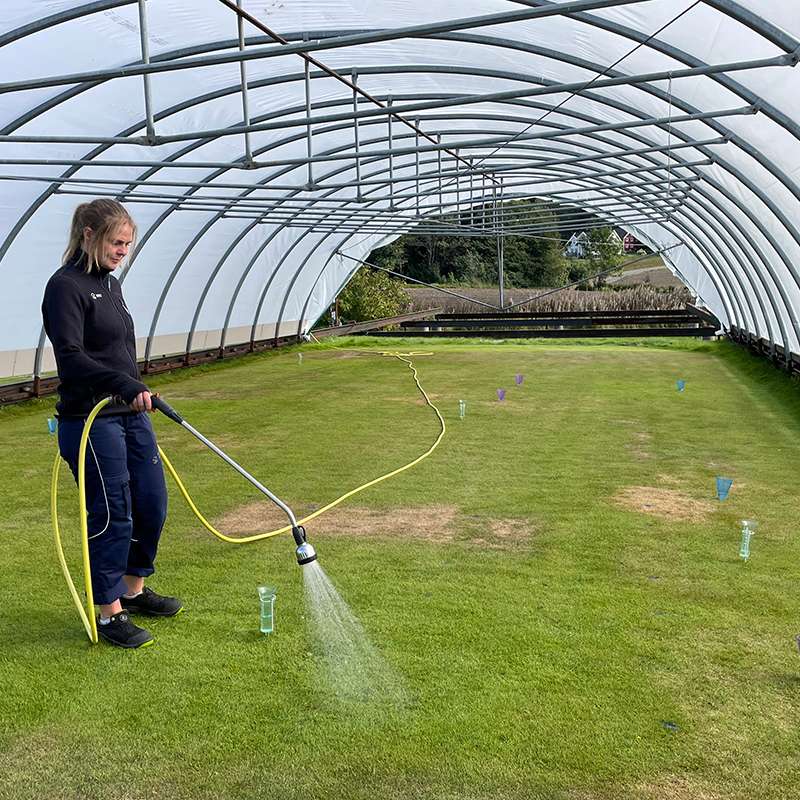Trygve S. Aamlid
Research Professor
(+47) 905 28 378
trygve.aamlid@nibio.no
Place
Landvik
Visiting address
Reddalsveien 215, 4886 Grimstad
To document
Authors
Eric Watkins Dominic P. Petrella Trygve S. Aamlid Dominic C. Christensen Sigridur Dalmannsdottir Andrew P. Hollman Gary DetersAbstract
No abstract has been registered
Abstract
No abstract has been registered
Abstract
No abstract has been registered

